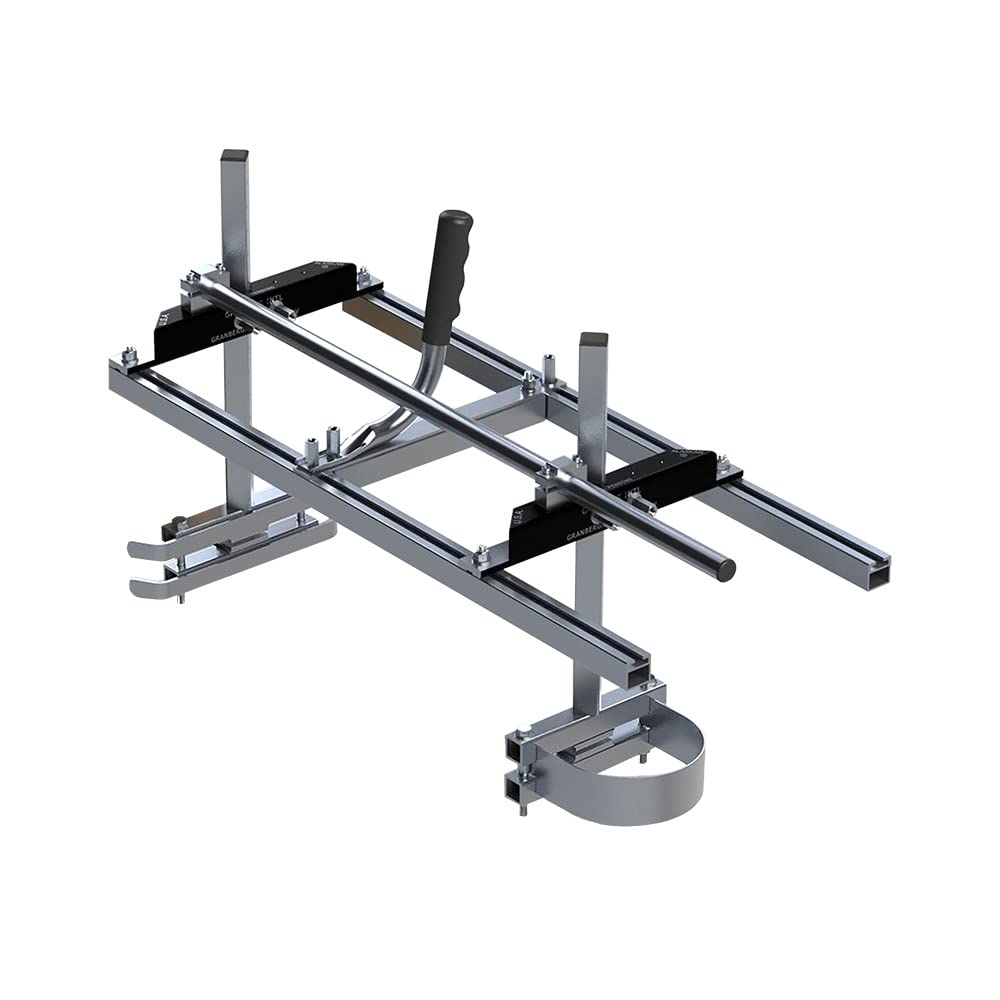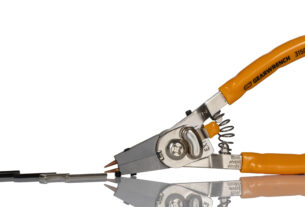If you’re a woodworker or a DIY enthusiast, chances are you’ve used a sawmill to cut logs into lumber. Sawmills are essential tools that can make your woodcutting projects easier and more efficient. However, not all sawmill tools are created equal, and choosing the right ones can make a significant difference in the quality and speed of your work.
In this article, we’ll take a closer look at some of the most important sawmill tools every woodcutter should have in their arsenal. From chainsaws to log loaders, we’ll cover everything you need to know to optimize your woodworking experience and achieve optimal results. So, let’s get started!
[h2]Chainsaws[/h2]
Chainsaws are perhaps the most versatile and widely used sawmill tool out there. They come in various sizes and types, ranging from small electric models to large gas-powered machines. Chainsaws are ideal for cutting through logs quickly and efficiently, making them perfect for both professional and DIY use.
When selecting a chainsaw for your sawmill operation, it’s essential to consider the size of the logs you’ll be cutting. For smaller logs, an electric chainsaw may be sufficient, while larger logs may require a gas-powered model with a longer bar length. Additionally, features like anti-vibration systems and automatic oilers can help reduce fatigue and increase productivity.
[h2]Log Loaders[/h2]
Log loaders are another essential tool for anyone working with sawmills. These machines are designed to move heavy logs onto the sawmill deck quickly and safely, saving time and reducing worker fatigue. Log loaders come in different sizes and capacities, so it’s crucial to choose one that is appropriate for your needs.
When selecting a log loader for your sawmill operation, consider factors like lifting capacity, reach, and maneuverability. Log loaders with hydraulic controls can help improve precision and speed, making them an excellent investment for anyone looking to optimize their woodcutting process.
[h2]Debarkers[/h2]
Debarkers are sawmill tools designed to remove the bark from logs quickly and efficiently. By removing the bark, debarkers help reduce waste and improve the overall quality of the lumber produced. Debarkers come in different types, including drum debarkers, ring debarkers, and Rosserhead debarkers.
When selecting a debarker for your sawmill operation, consider factors like capacity, efficiency, and maintenance requirements. Some models require more frequent maintenance than others, so it’s essential to choose one that fits your specific needs.
[h2]Band Saws[/h2]
Band saws are another popular type of sawmill tool used to cut logs into lumber. These machines use a continuous band saw blade to make precise cuts through logs quickly and efficiently. Band saws come in different sizes and configurations, ranging from small benchtop models to large industrial-grade machines.
When selecting a band saw for your sawmill operation, consider factors like blade width, horsepower, and cutting capacity. Additionally, features like variable speed controls can help improve precision and versatility, making them an excellent investment for anyone serious about their woodworking projects.
[h2]Edgers[/h2]
Edgers are sawmill tools designed to trim rough or uneven edges from lumber after it has been cut. Edgers come in different types, including circular edgers and gang edgers. These machines can help reduce waste and improve the overall quality of the lumber produced.
When selecting an edger for your sawmill operation, consider factors like cutting width, processing speed, and maintenance requirements. Some models may require more frequent maintenance than others, so it’s essential to choose one that fits your specific needs.
[h2]Conclusion[/h2]
Sawmill tools are essential equipment for anyone working with woodcutting projects. By using the right tools, you can optimize your workflow, increase productivity, and achieve optimal results. When selecting sawmill tools for your operation, consider factors like capacity, efficiency, and maintenance requirements.
In addition to investing in quality sawmill tools, it’s also crucial to follow proper safety procedures when working with these machines. Always wear appropriate protective gear, such as eye and ear protection, and familiarize yourself with the manufacturer’s instructions before operating any sawmill tool.
For more information on sawmill tools and woodworking projects, check out our wiki reference page [https://en.wikipedia.org/wiki/Sawmill] or visit other authoritative websites like [https://www.timberking.com/] or [https://woodmizer.com/].




